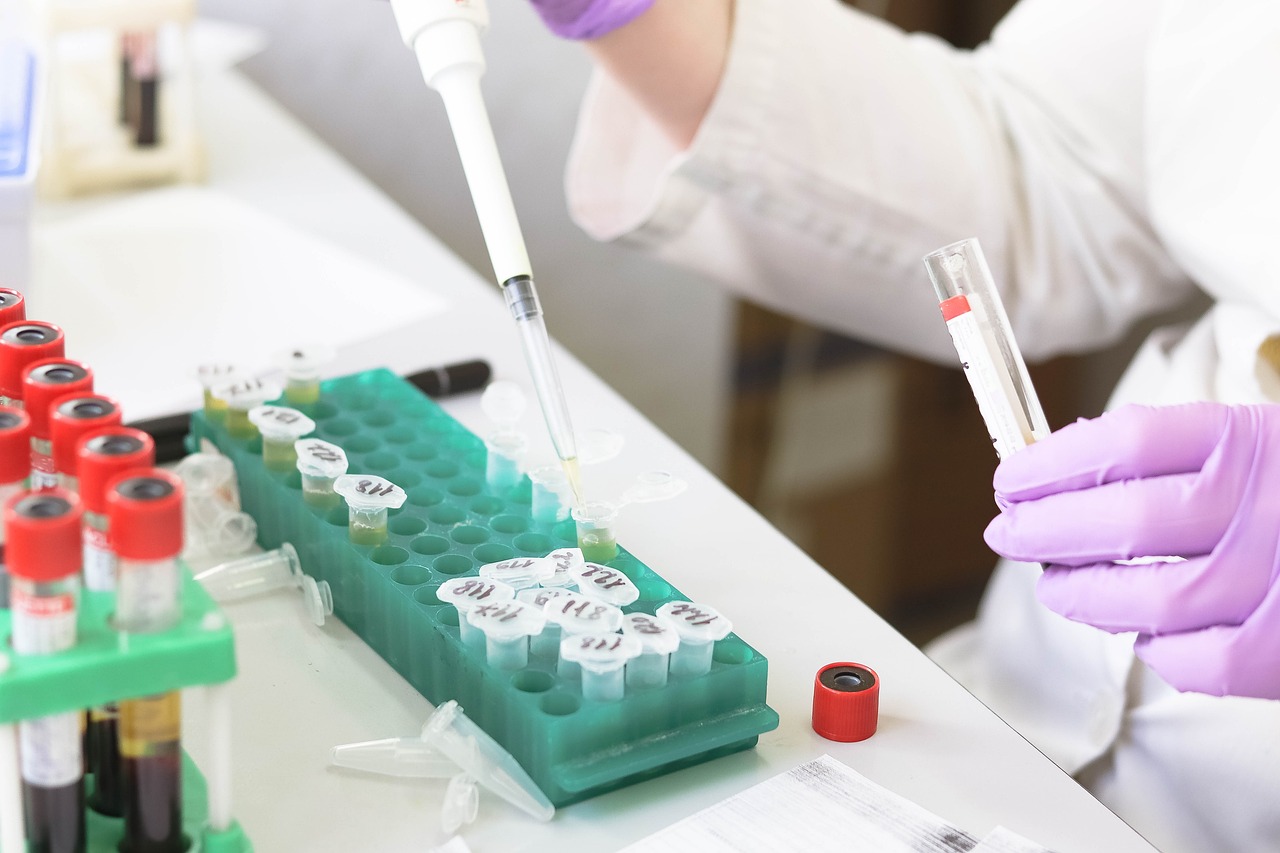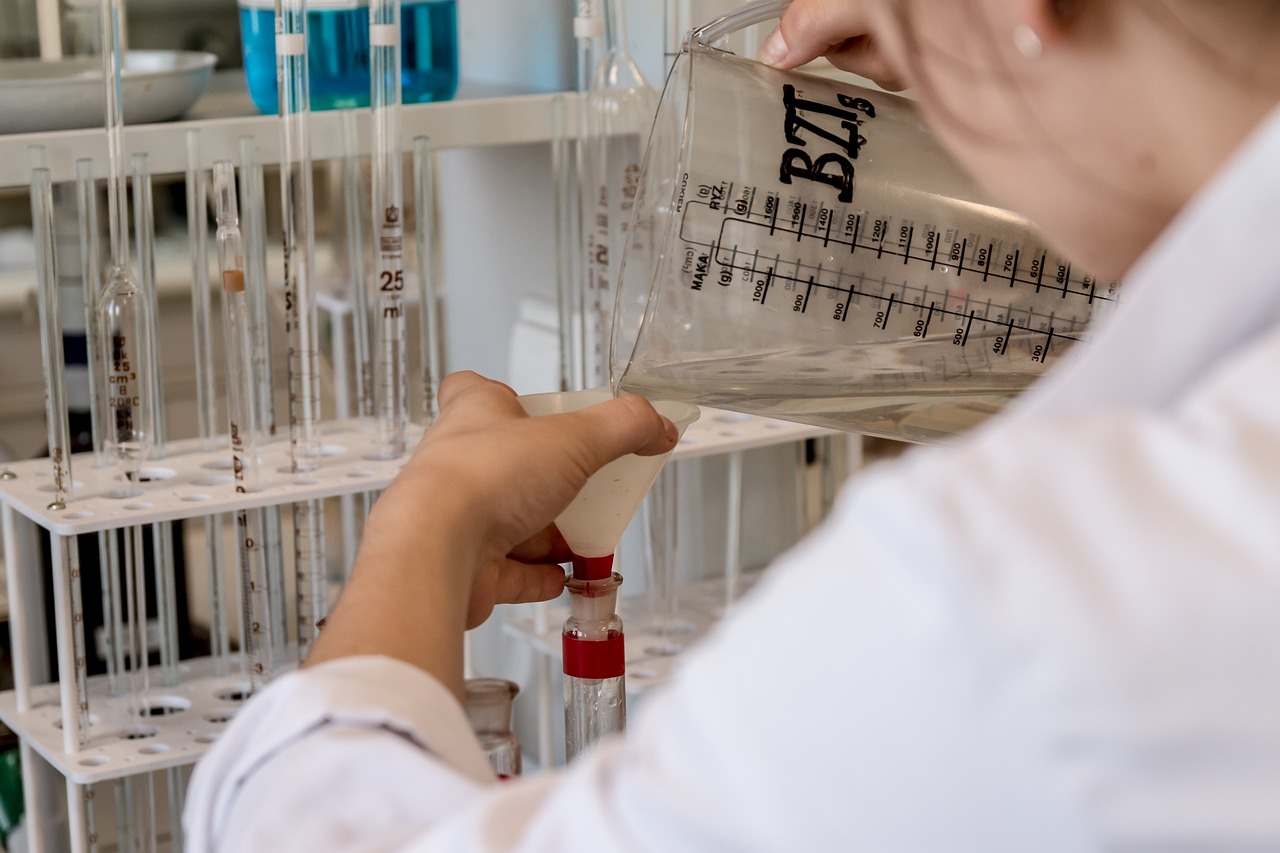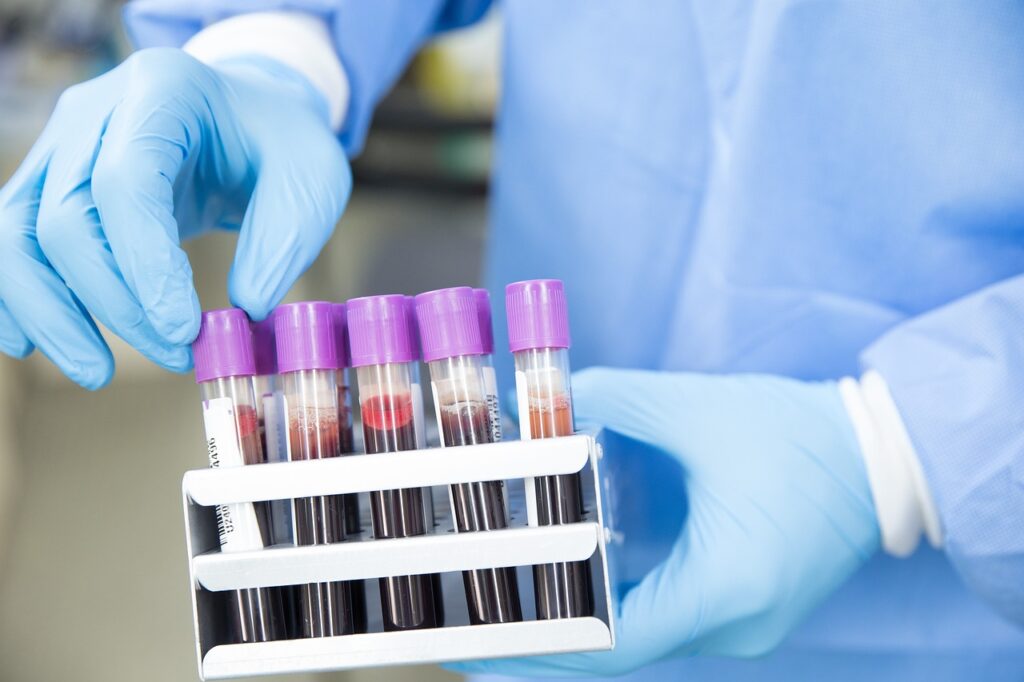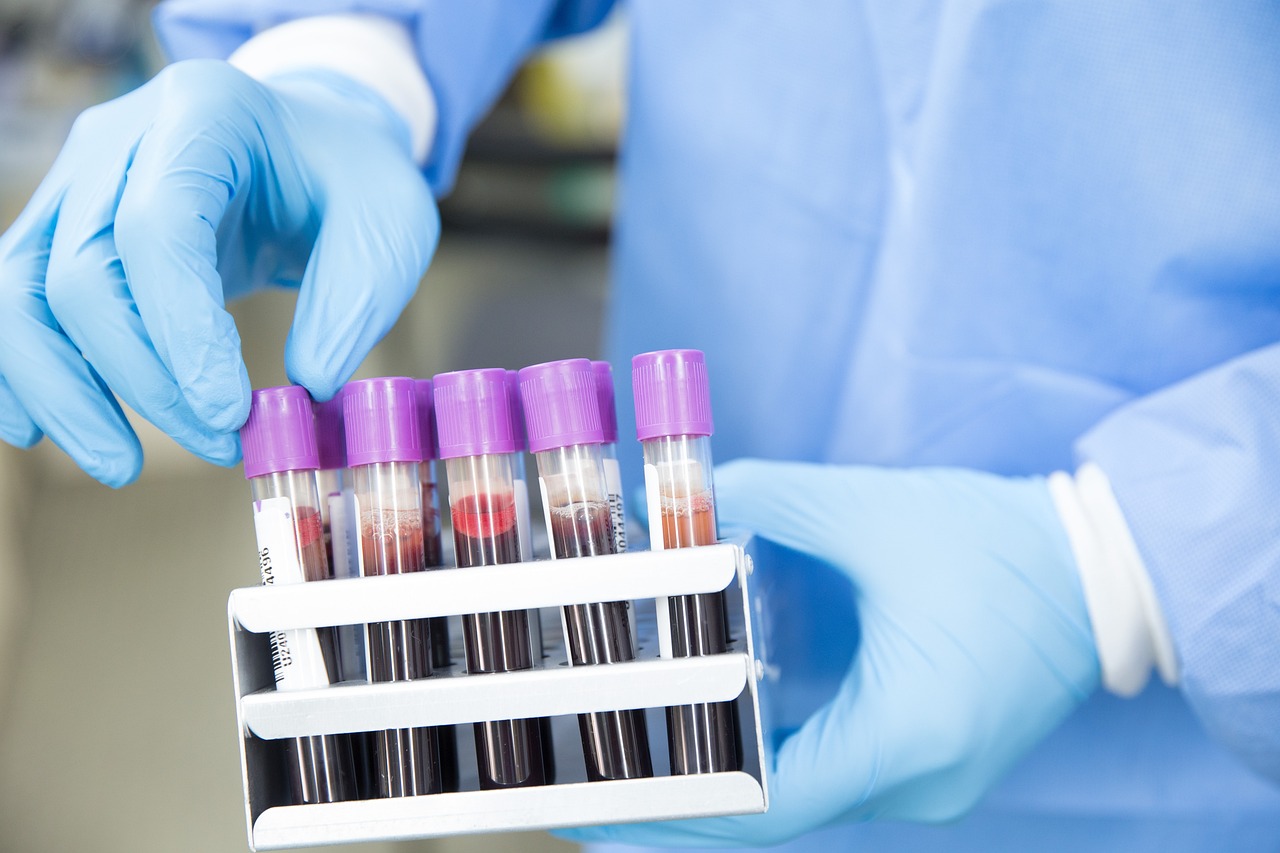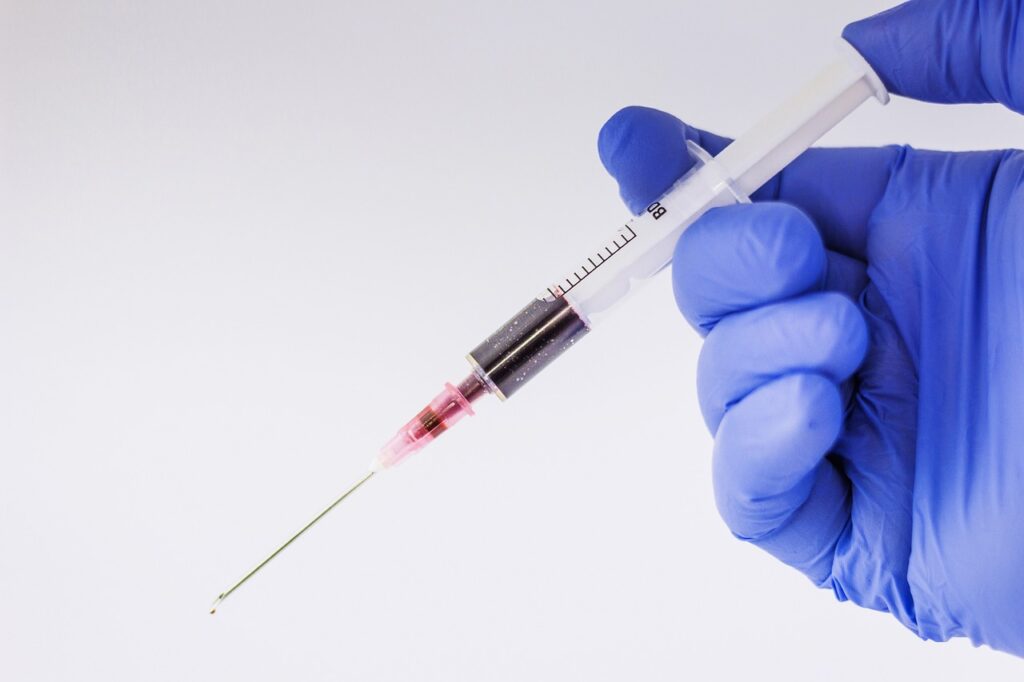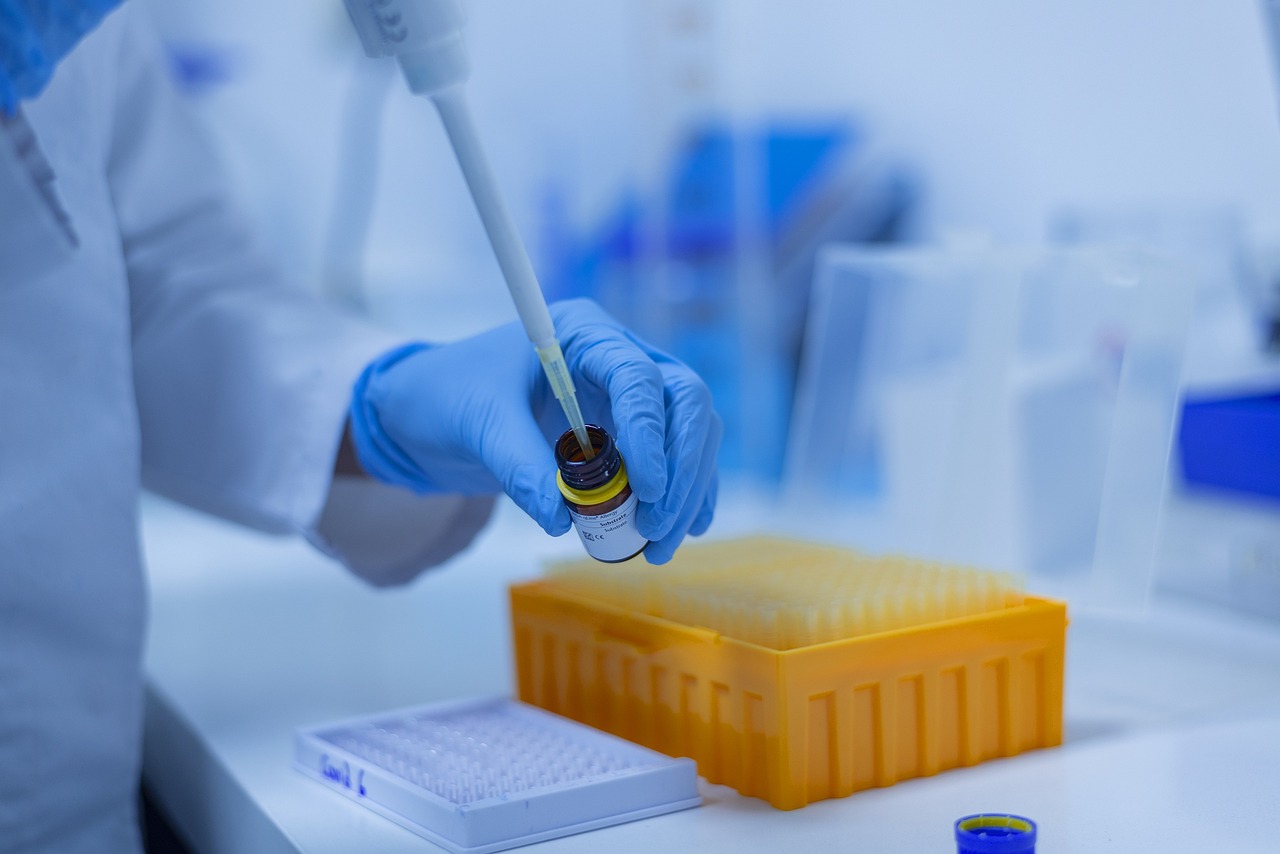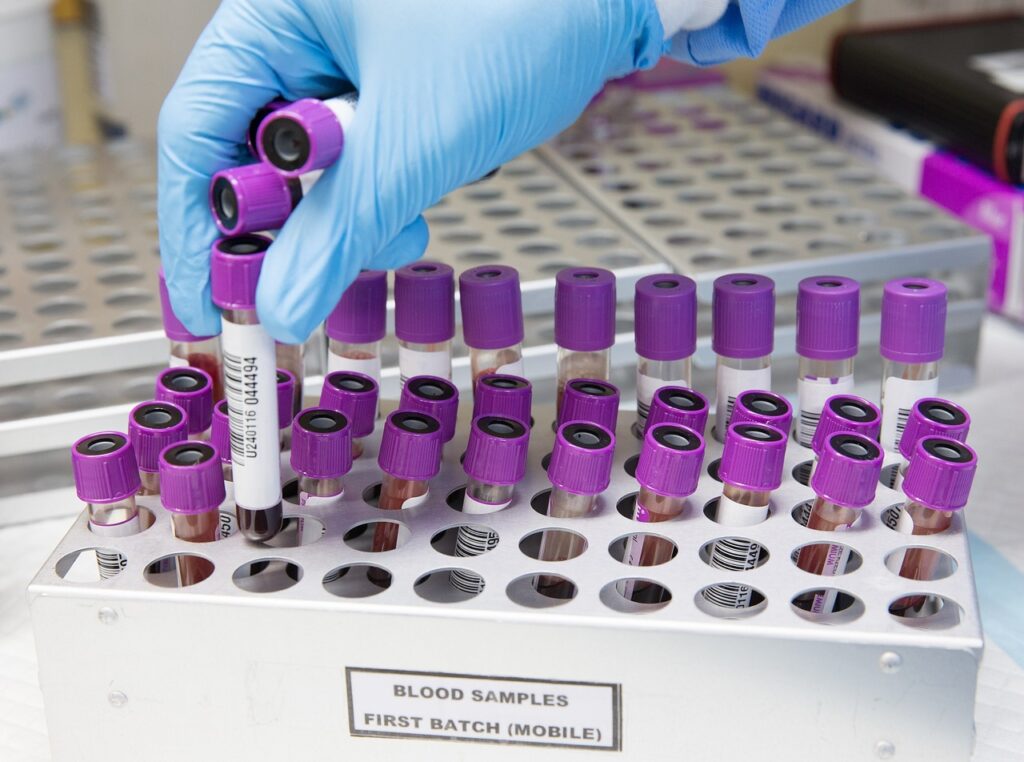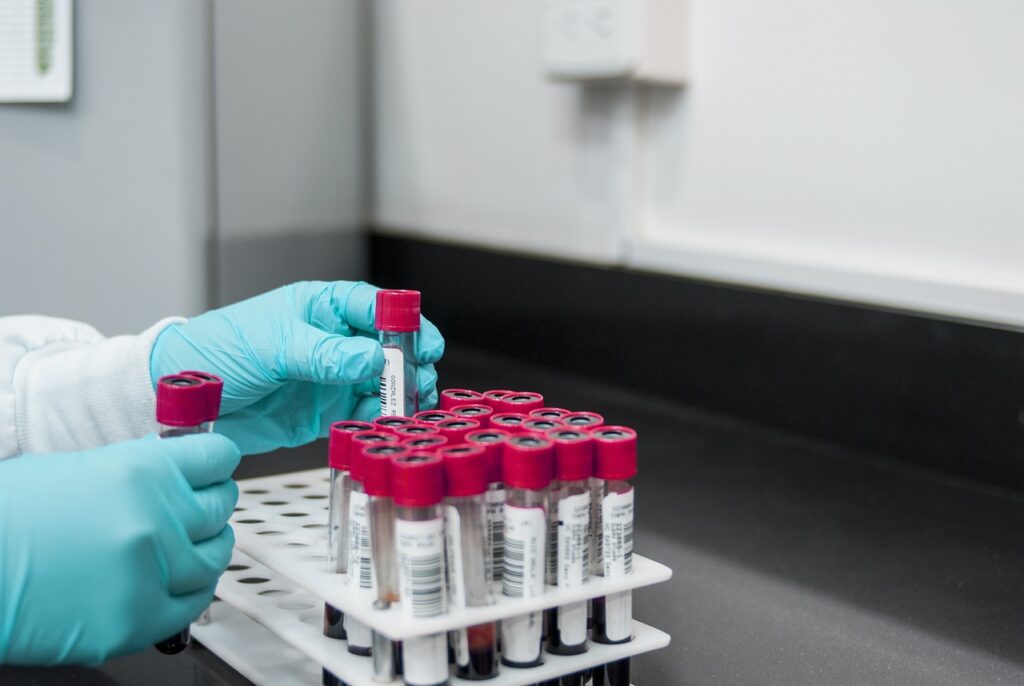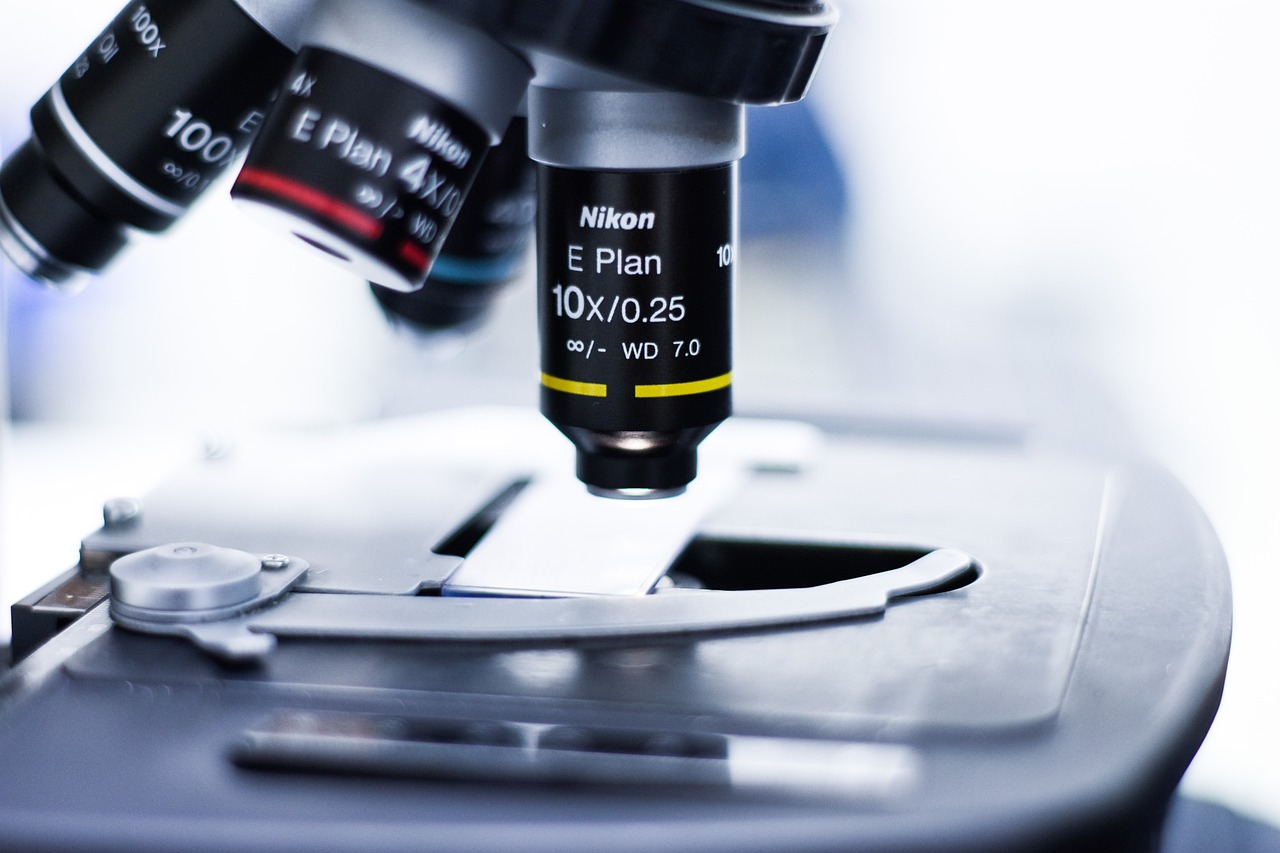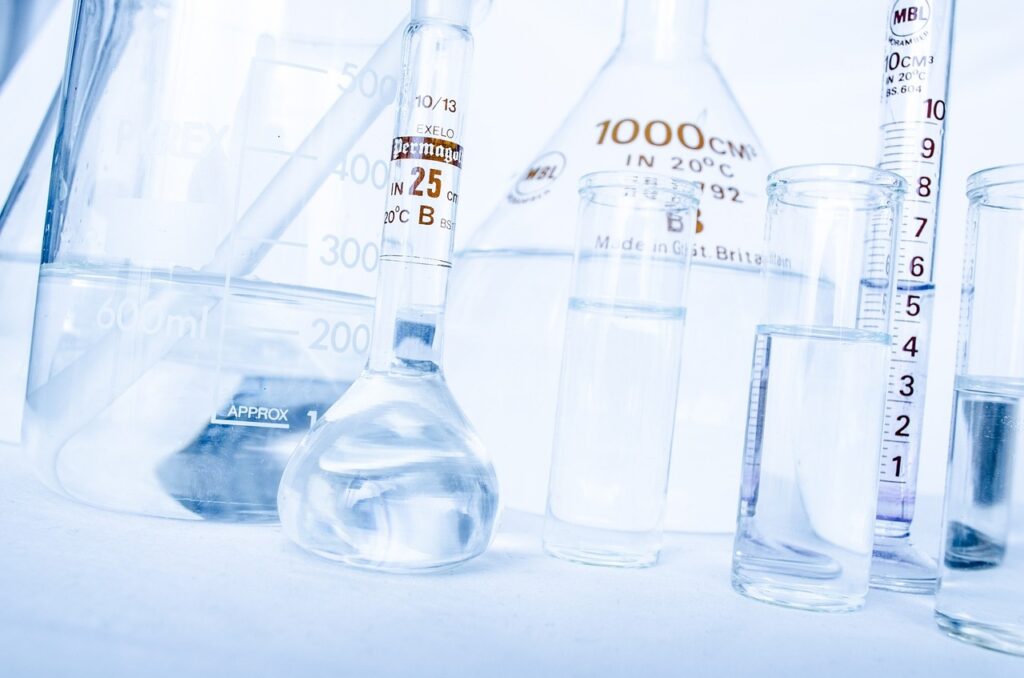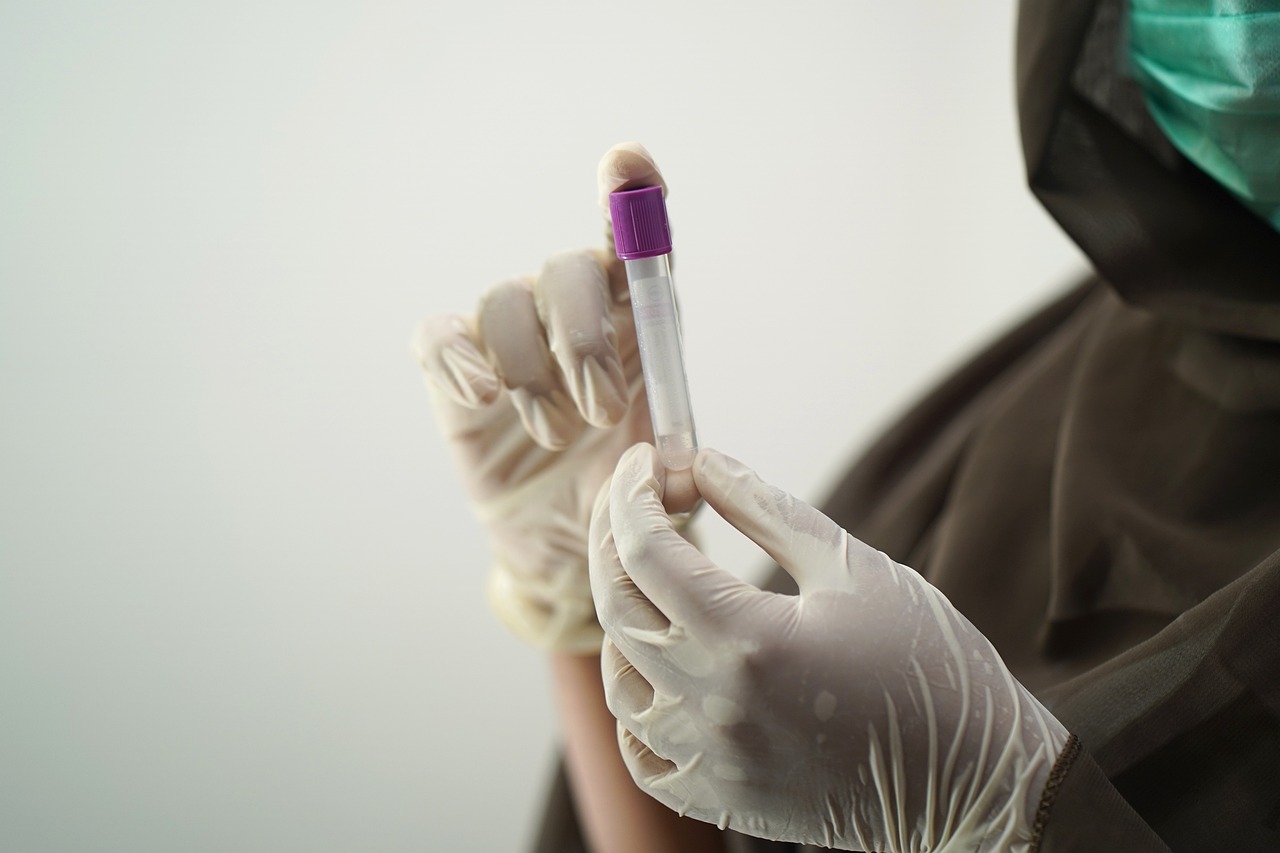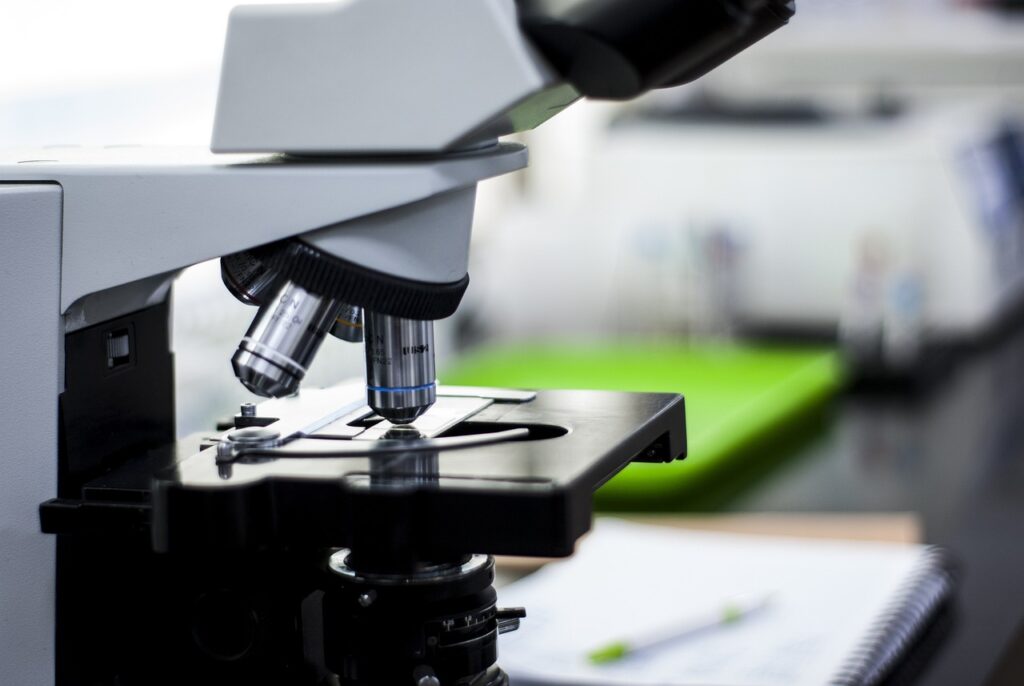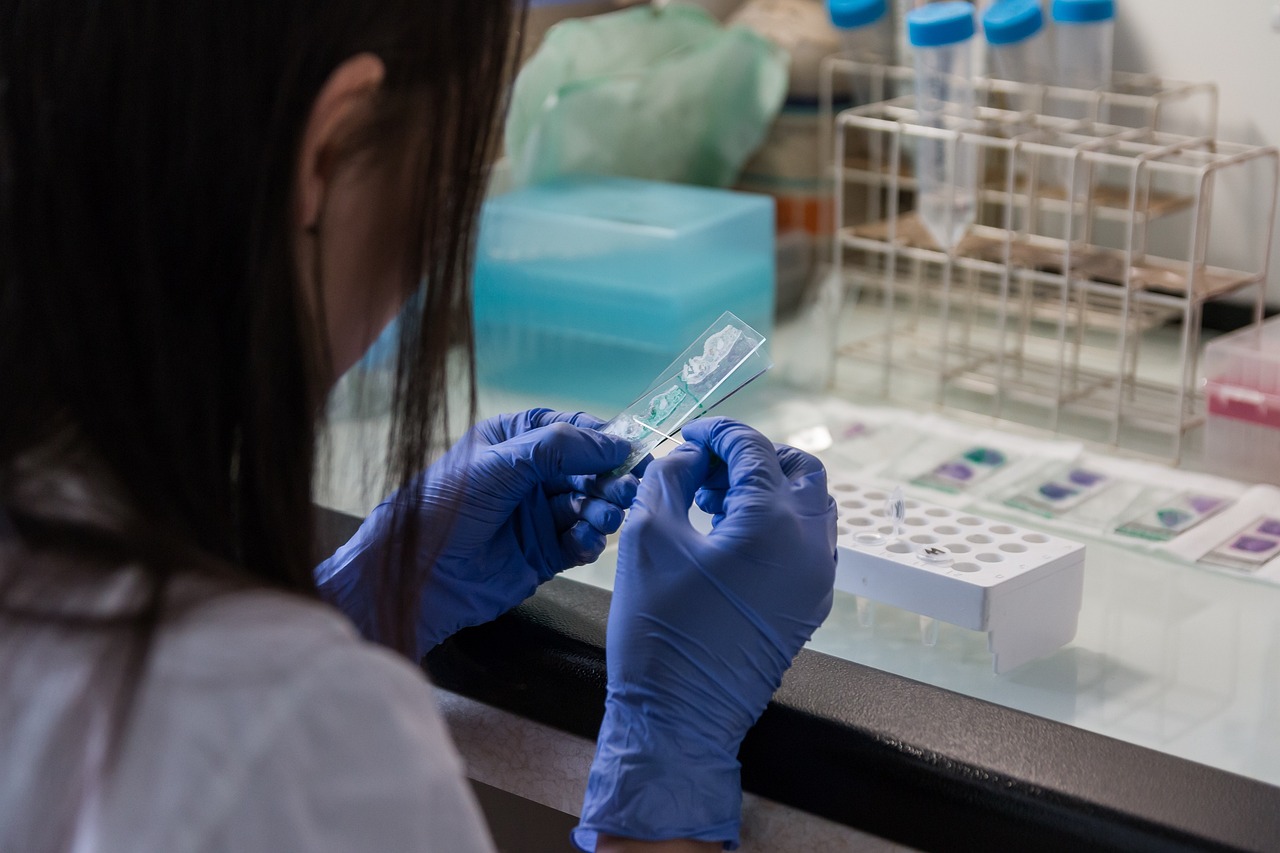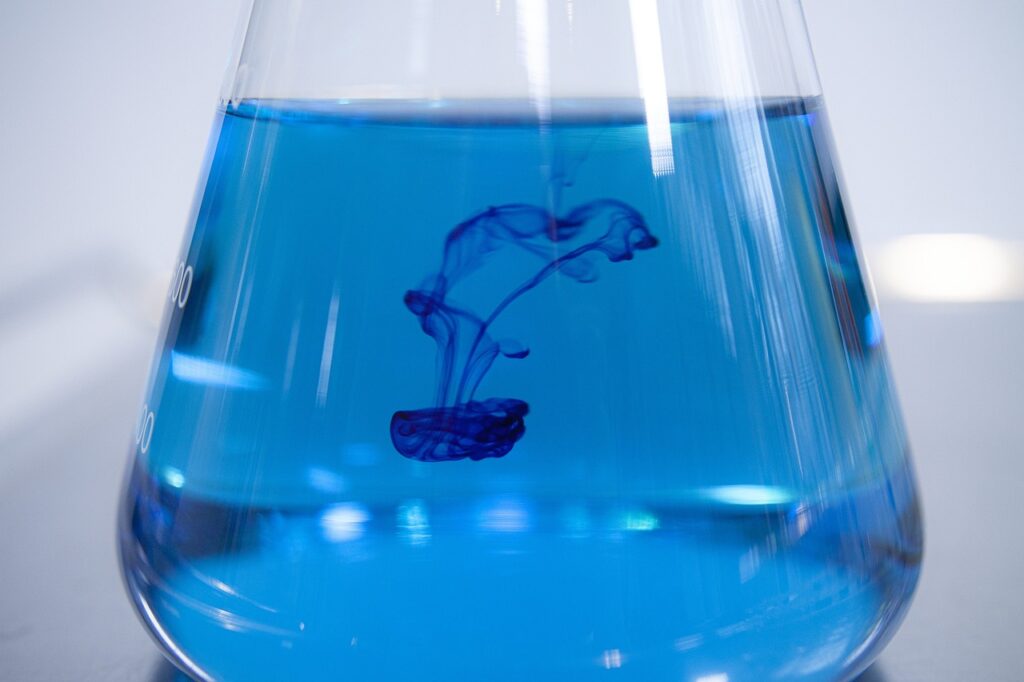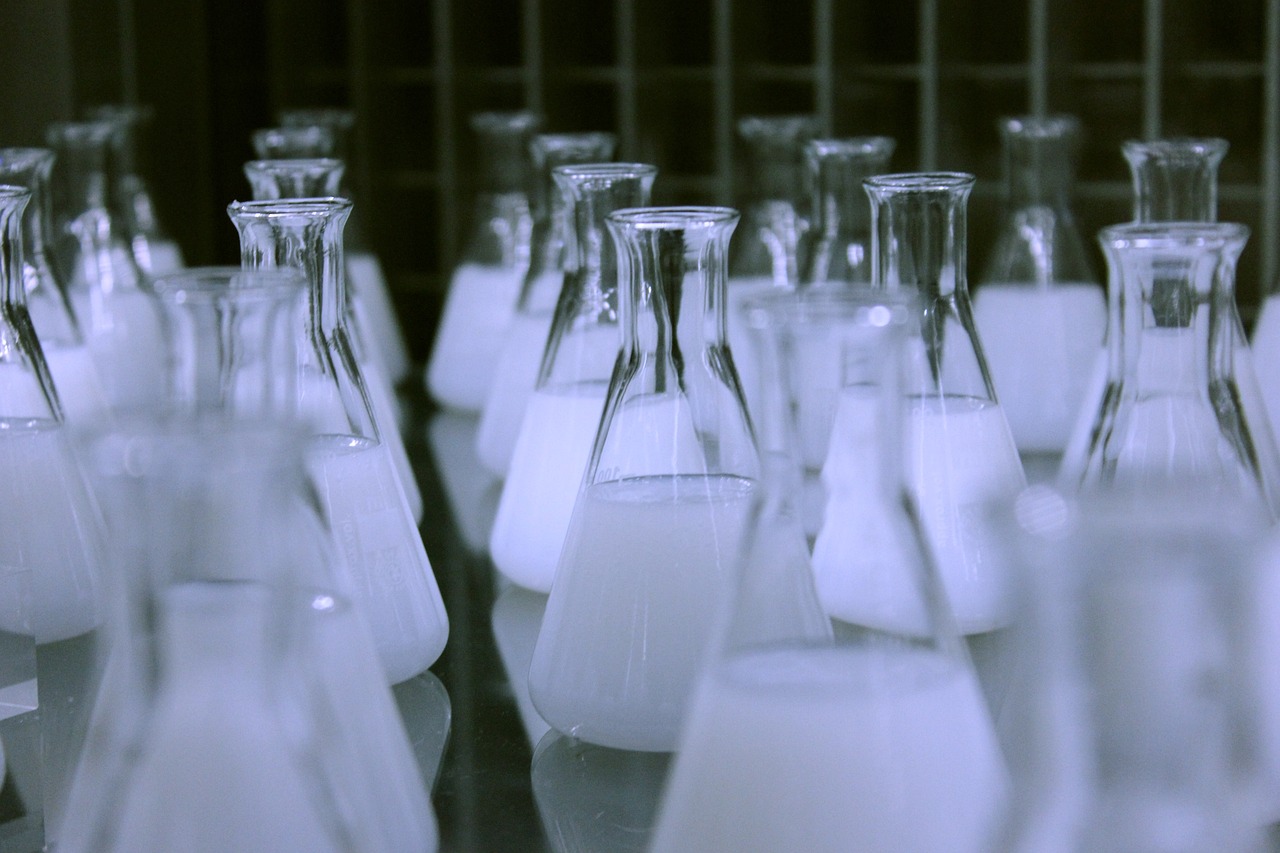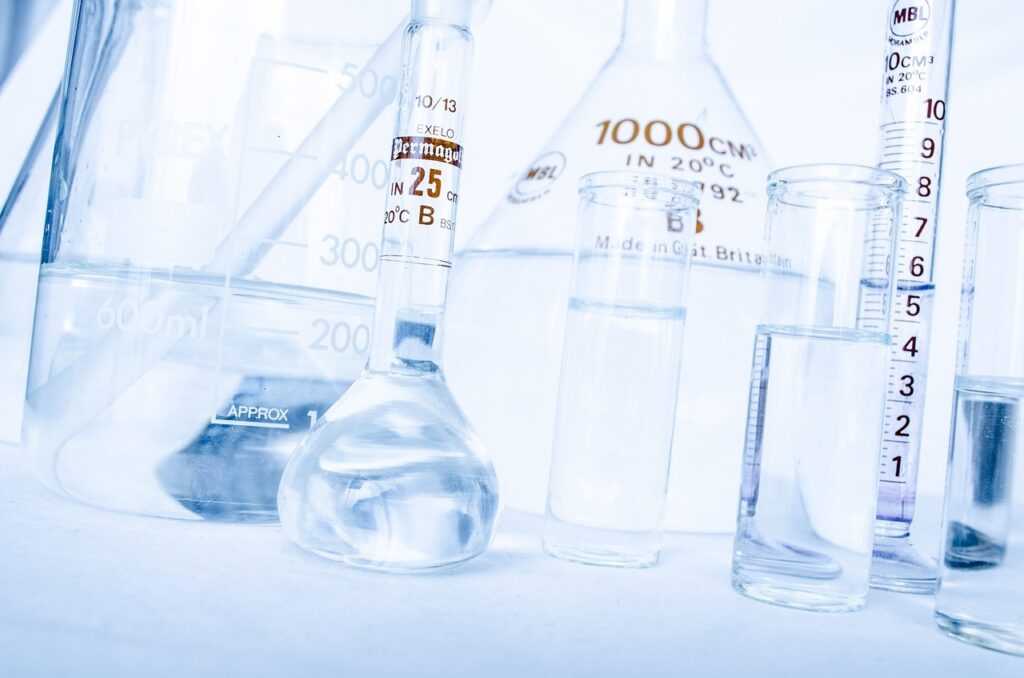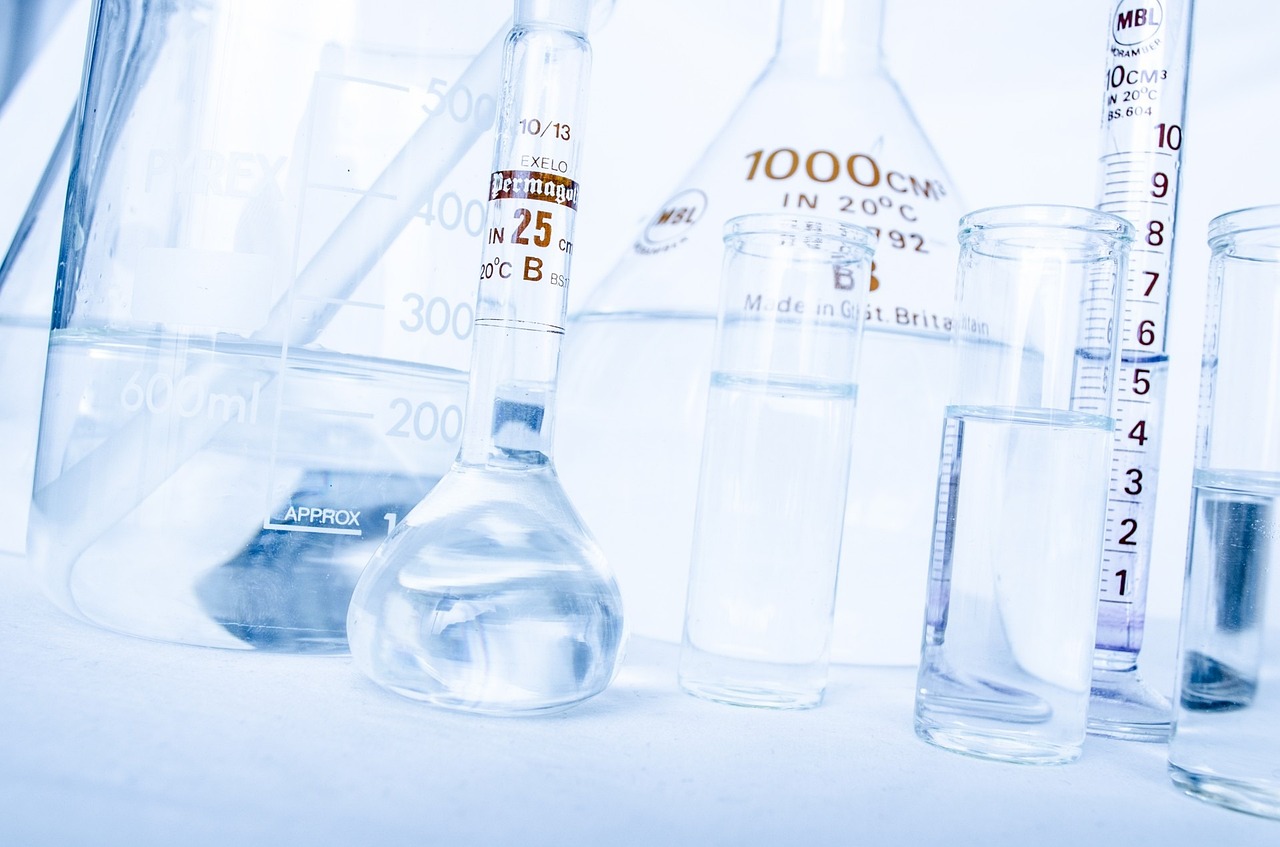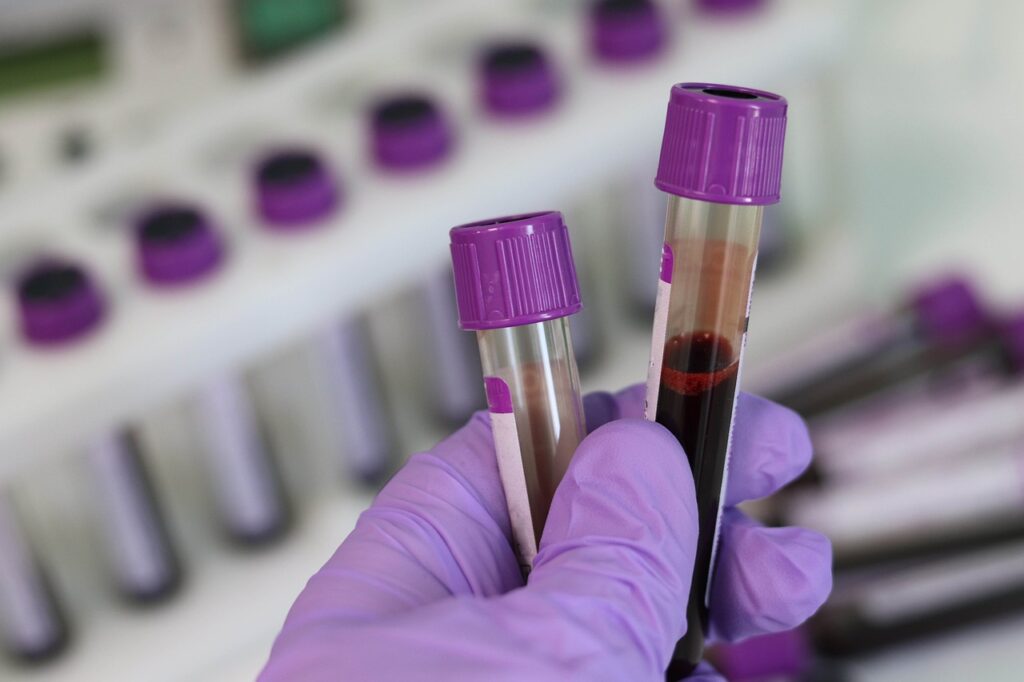Shelf-life determination is essential to the food industry since it guarantees that it will be safe, nourishing, and aesthetically pleasing for the duration of its existence. This procedure is essential for manufacturers to preserve product quality, reduce waste, and adhere to food safety laws. The importance of determining the shelf life of food, the many testing techniques, and best practices to maximize food safety and longevity will all be covered in this article.
What is Shelf-life Determination?
The process of determining how long a food product is safe to eat while maintaining its sensory, chemical, and microbiological qualities is known as shelf-life determination. Manufacturers are able to determine exact expiration or best-before dates through scientific testing, which empowers customers to make knowledgeable purchase decisions. By doing this, foodborne illnesses are less likely to occur and items are safe to consume for the duration of their shelf life.
Factors Influencing Shelf-life
Food products' shelf life is influenced by a number of factors. Bacteria, molds, and yeasts are examples of microorganisms that can cause spoiling and foodborne illnesses, significantly shortening the shelf life of products. Food's flavor, color, and nutritional content are all changed by chemical processes including oxidation and enzymatic reactions.
Because water activity influences microbial growth and product stability, moisture content is crucial. Because the barrier qualities of packaging materials can greatly increase shelf life, packaging quality is yet another important consideration. A food product's shelf life is also influenced by its storage environment, which includes factors like temperature, humidity, and light exposure.
Another deciding aspect is the stability of raw substances including sugars, fats, and preservatives. Lastly, the methods of processing, including dehydration, freezing, and pasteurization, are intended to
Methods of Shelf-life Determination
Manufacturers assess the shelf life testing lab products using a variety of scientific testing techniques. In real-time shelf-life testing, food is stored under normal circumstances while changes are tracked over time. Real-time testing is quite accurate, but it can take a lot of time, particularly for items with long shelf lives.
By subjecting food to increased temperatures and humidity levels, accelerated shelf-life testing (ASLT) mimics the aging process and enables manufacturers to estimate shelf life over a shorter time frame, particularly for packaged foods. By monitoring microbial development over time, microbiological analysis can detect any spoiling hazards and make sure the product satisfies food safety regulations.
A trained panel evaluates changes in taste, texture, smell, and appearance as part of the sensory evaluation process. Determining when a product is no longer acceptable to customers requires sensory examination.
Best Practices for Shelf-life Determination
Food makers should adhere to these best practices in order to acquire accurate and trustworthy shelf-life statistics. A comprehensive evaluation of product stability is ensured by combining various testing techniques, such as chemical testing, microbiological analysis, and real-time testing using ASLT.
Because variables like temperature swings, oxygen exposure, and humidity can alter shelf-life estimates, it is crucial to maintain constant storage conditions during testing to prevent skewed results. Changes in ingredients, manufacturing methods, or packing materials might affect a product's stability, therefore it's critical to regularly reevaluate shelf life.
By reducing exposure to oxygen and moisture, packing can be optimized to increase shelf life. Vacuum sealing and modified atmosphere packaging (MAP) are two particularly useful developments. Lastly, adhering to regulations guarantees that goods meet food safety requirements, boosting consumer trust and guaranteeing
Emerging Trends in Shelf-life Determination
The future of shelf-life determination is being shaped by new trends as a result of the quick advances in food science and technology. As customers want clearer labels, natural preservatives like citric acid, rosemary extract, and antimicrobial peptides are becoming more and more popular. High-pressure processing (HPP) and irradiation are examples of non-thermal preservation techniques that increase shelf life by getting rid of dangerous germs without compromising the texture or quality of the final product.
Time-temperature indicators (TTIs) and freshness sensors are examples of intelligent packaging technologies that provide real-time information about a product's quality, resulting in improved shelf-life management. With reliable shelf-life testing, improved inventory control, and programs like food donations assisting in the reduction of food waste and promoting environmental sustainability, sustainable shelf-life solutions are becoming more and more popular.
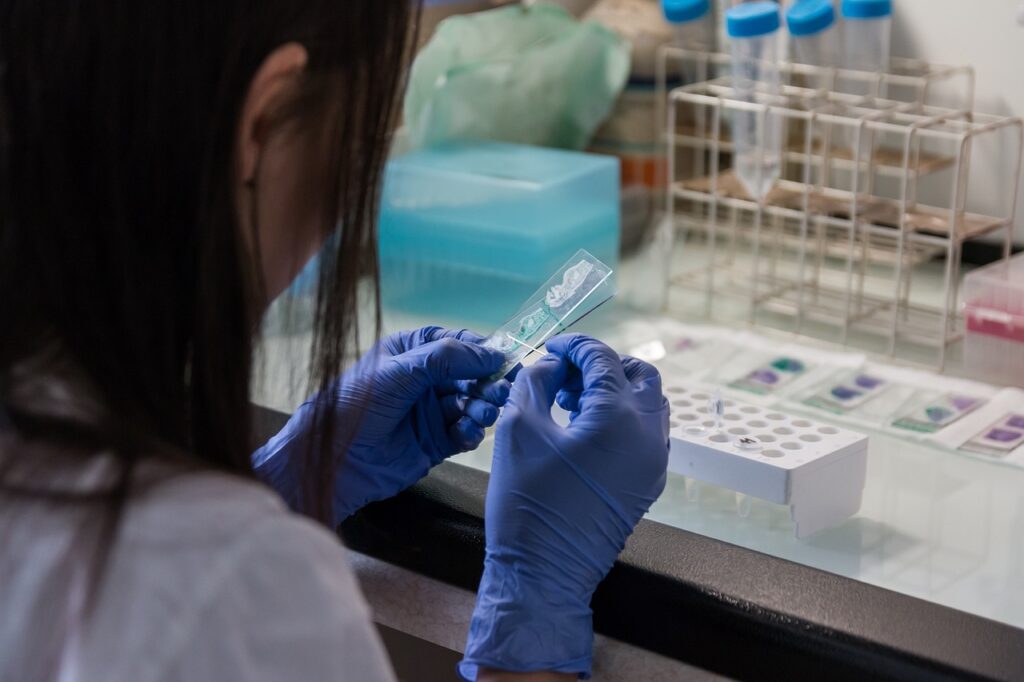
The Role of Shelf-life Testing in Food Product Development
Testing for shelf life is essential to the creation of food products. It assists producers in improving their manufacturing processes, packaging, and recipes to guarantee the best possible product performance. Before the product is released, changes can be made if testing reveals possible problems, such as poor sealing or air exposure.
Additionally, this testing procedure can assist firms in determining the most efficient processing methods and selecting the best natural or synthetic preservatives. Businesses may provide customers with higher-quality products by making well-informed judgments during the product development process.
Importance of Shelf-life in Export Markets
Shelf-life determination is particularly important for food products intended for export. Products often face long shipping times, extreme temperature changes, and varying climate conditions during transport. Shelf-life testing ensures that the product will remain safe and fresh in different environments and regulatory conditions.
In addition, international markets often have more stringent regulations regarding food safety. By conducting comprehensive shelf-life testing, manufacturers can meet these regulations and gain consumer trust across global markets.
Conclusion
Shelf-life determination is an essential process in the food industry, influencing product quality, safety, and sustainability. Through methods like real-time testing, ASLT, and microbiological analysis, manufacturers can ensure their products remain fresh and safe for consumers. By adopting best practices, leveraging new technologies, and embracing sustainability, food producers can optimize shelf life, reduce waste, and increase consumer confidence.
As the food industry continues to evolve, the importance of shelf-life testing will only grow. By staying ahead of trends and continuously refining their processes, food manufacturers can thrive in a competitive and increasingly regulated market.

